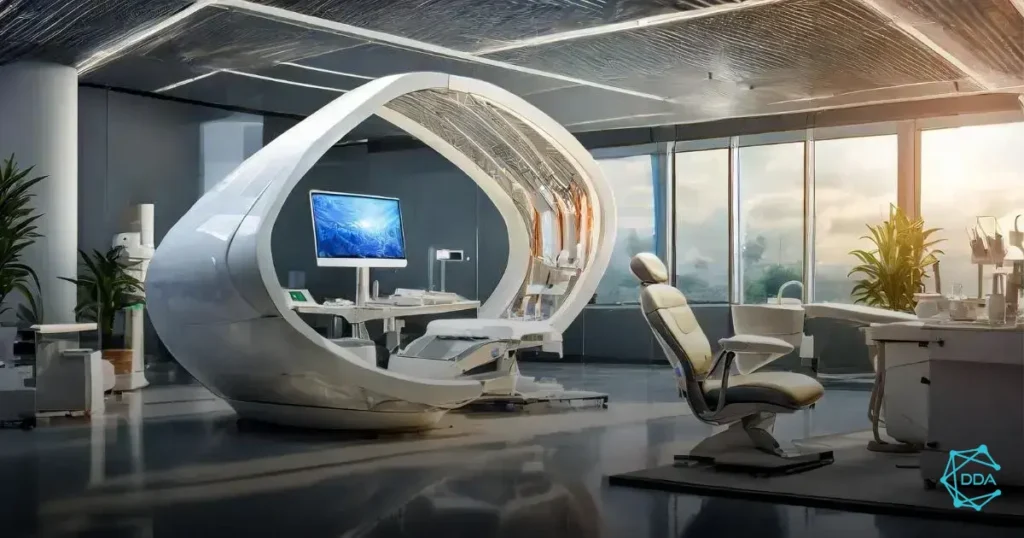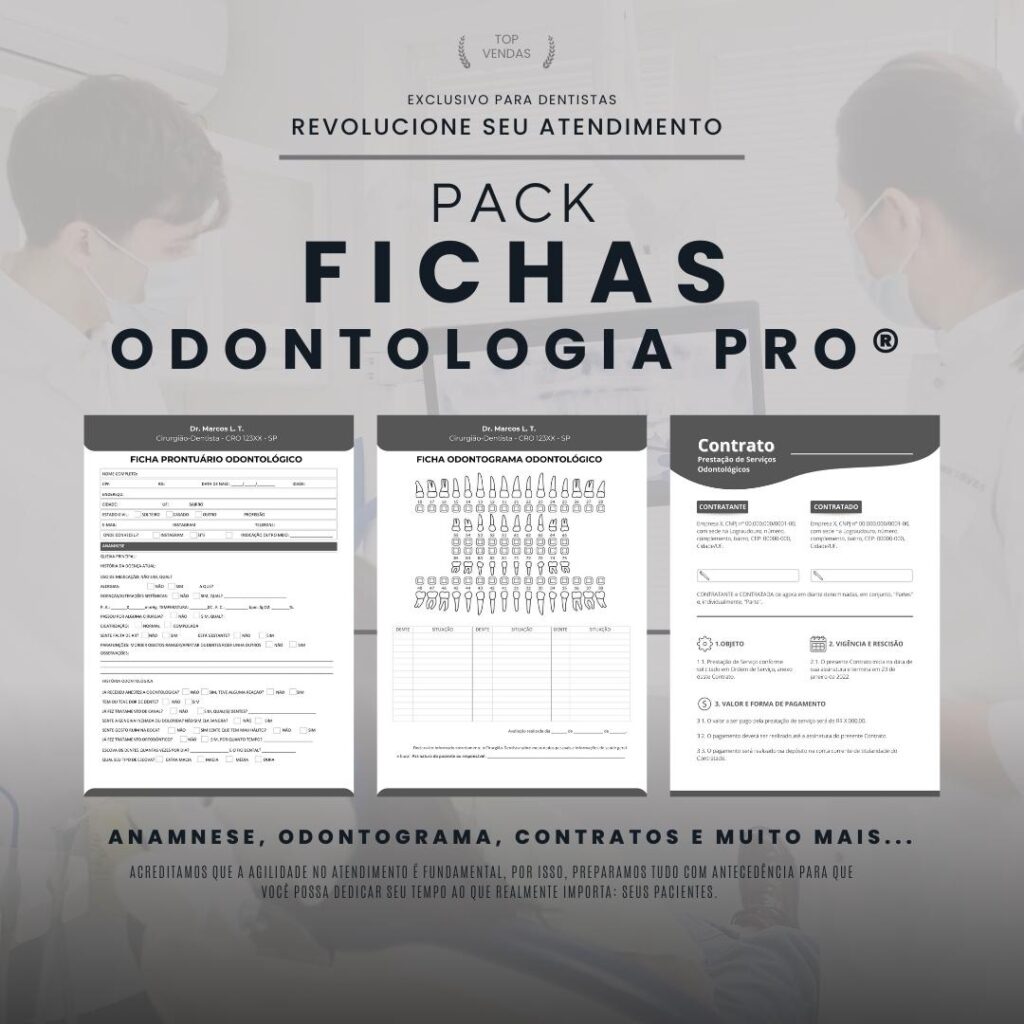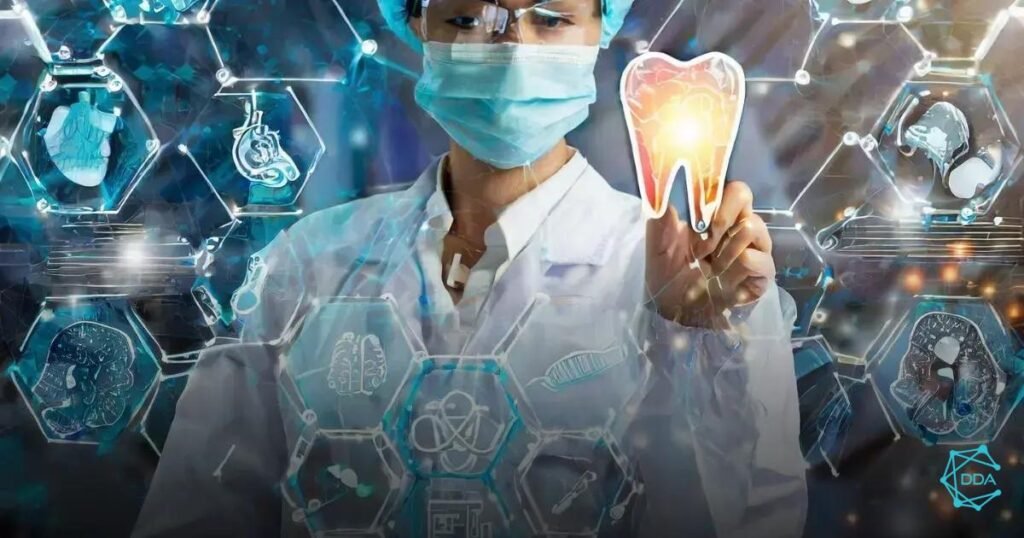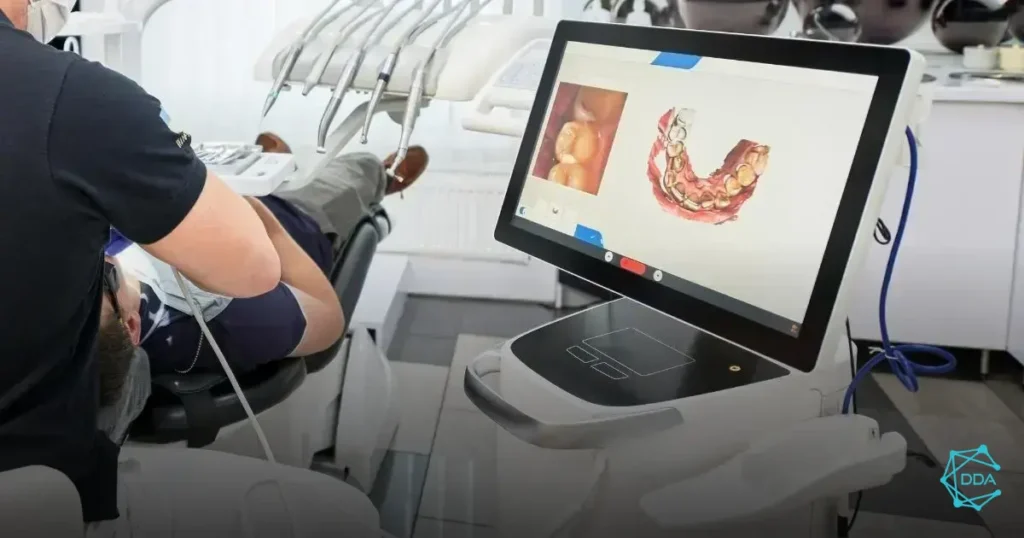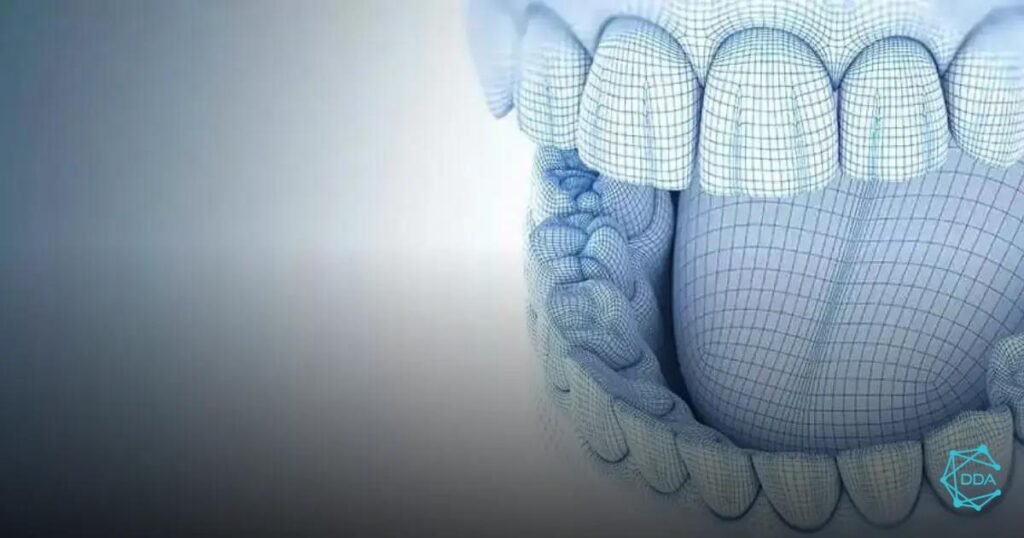In this article, we will explore the importance of digital tooth modeling in modern dentistry. Digital tooth modeling, also known as digital dentistry, has revolutionized the way dental procedures are performed, bringing numerous advantages compared to traditional methods. Through the use of advanced scanning technologies and computer-aided design, digital tooth modeling offers precision, efficiency and superior results. Throughout this article, we will address the digital modeling process, its advantages over traditional methods, its clinical applications and practical use cases, highlighting how this innovative approach is transforming contemporary dentistry.

Digital Modeling Process
Digital modeling is an essential process in creating three-dimensional objects using specialized software. This process involves the use of advanced technologies to create virtual representations of physical objects, allowing visualization and manipulation in a digital environment.
To carry out digital modeling, it is necessary to follow some fundamental steps that involve capturing data, creating the 3D model and its subsequent use in different contexts.
Data Capture
The process begins with capturing data from the physical object using techniques such as laser scanning, photogrammetry or computed tomography. These techniques allow obtaining precise information about the geometry and texture of the object, which will be used to create the digital model.
3D Model Creation
With the data captured, the stage of creating the 3D model begins using modeling software. In this phase, the data is processed and transformed into an accurate digital representation of the object, taking into account all the details and characteristics identified in the previous step.
Use in Different Contexts
The generated 3D model can be used in different contexts, such as industrial design, architecture, engineering, medicine, among others. Furthermore, digital modeling makes it possible to carry out simulations, analyzes and rapid prototyping, contributing to process optimization and cost reduction in different areas.
In summary, the digital modeling process is fundamental for creating accurate virtual representations of physical objects, enabling their use in different contexts in an efficient and innovative way.


Advantages over Traditional Methods
Digital modeling offers several advantages compared to traditional modeling methods, such as:
- Efficiency: Digital modeling allows for a more efficient process, reducing the time needed to create and modify models.
- Precision: With the use of advanced software, it is possible to achieve levels of precision that are much higher than traditional methods.
- Ease of Iteration: Iterations and modifications to digital models can be made faster and easier, facilitating the refinement process.
- Cost Reduction: Digital modeling can result in reduced operational and material costs, making it a more economical option in many cases.
- Integration with Advanced Technologies: Digital models can be easily integrated with other technologies, such as 3D printing and computer simulations.
These advantages make digital modeling a highly advantageous option compared to traditional methods, providing superior results in several aspects.


Clinical Applications
Digital modeling has been widely used in various clinical applications, providing significant advances in the diagnosis, planning and treatment of various health conditions.
The main clinical applications of digital modeling include:
- Dentistry: In dentistry, digital modeling is used for planning dental implants, making prosthetics and orthodontic alignment.
- Medicine: In medicine, digital modeling helps in planning complex surgeries, creating personalized prosthetics and orthoses, and simulating procedures.
- Rehabilitation: In rehabilitation processes, digital modeling is used to create personalized devices, such as orthoses and prosthetics, that adapt perfectly to the patient's needs.
- Aesthetics: In the aesthetic area, digital modeling is used to plan facial and body procedures, allowing an accurate visualization of the expected results.
These clinical applications demonstrate the potential of digital modeling to revolutionize medical and dental practice by providing personalized, high-precision solutions for patients.


Practical Use Cases
The use of digital modeling has proven to be extremely effective in several areas, providing accurate results and optimizing processes. Below are some examples of how digital modeling has been successfully applied:
1. Product Prototyping
Digital modeling has been widely used in product prototyping, allowing the creation of detailed 3D models that can be tested and improved before large-scale production. This significantly reduces the time and costs involved in developing new products.
2. Surgical Planning
In the fields of medicine and dentistry, digital modeling is used in planning complex surgeries. Professionals can create accurate models of patients' organs or anatomical structures, allowing for detailed advance planning and safer, more efficient procedures.
3. Architecture and Civil Engineering
In the architecture and civil engineering sector, digital modeling is essential for creating detailed designs and realistic visualizations. This allows customers to better understand projects and carry out works more efficiently.
4. Design of Prostheses and Orthoses
Digital modeling has revolutionized the creation of prosthetics and orthoses, enabling the customization and precise adaptation of these devices to the individual needs of patients. This has significantly improved the quality of life of people with physical disabilities.
These are just a few examples of the broad spectrum of practical applications of digital modeling, demonstrating its potential to transform diverse sectors and drive innovation.

